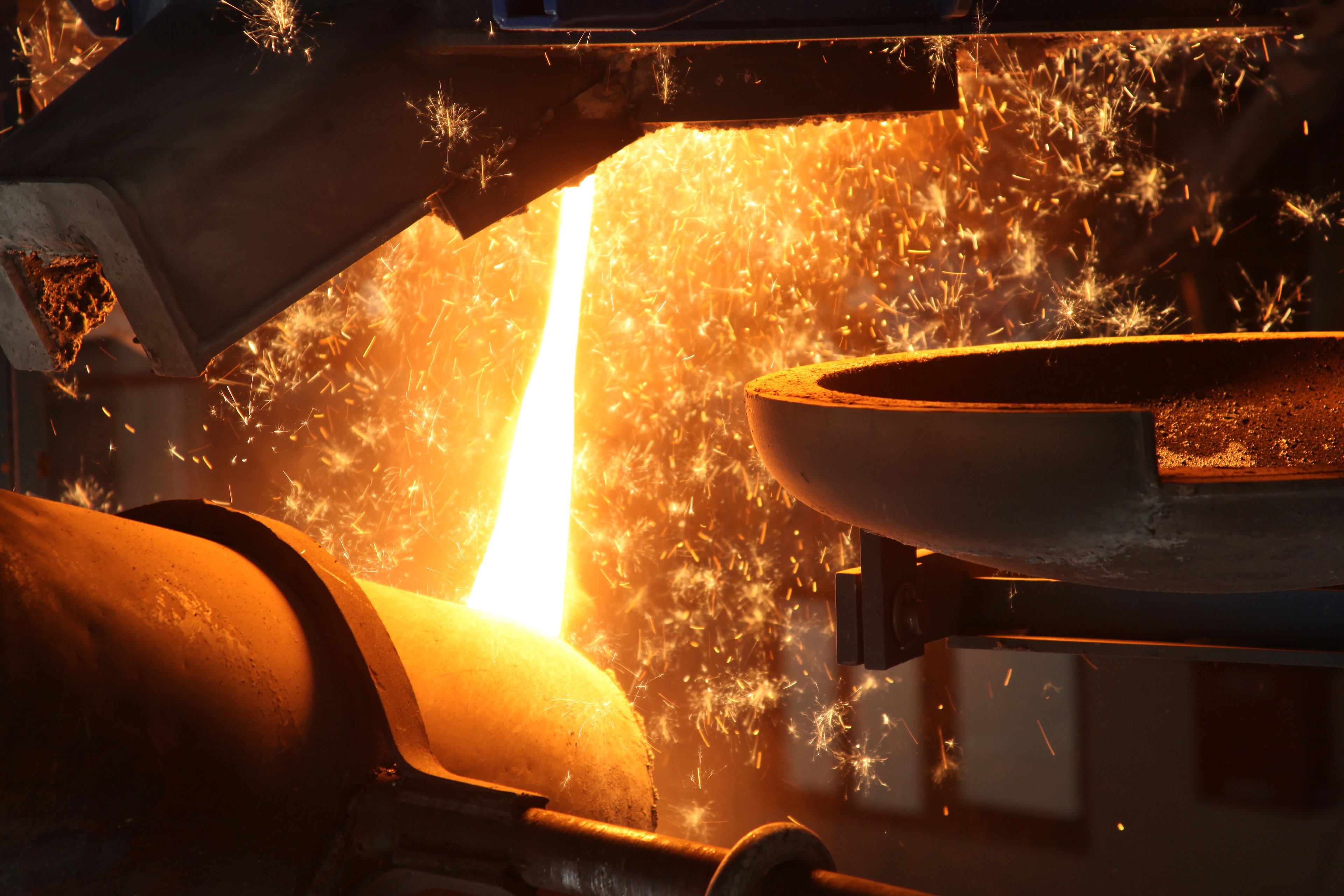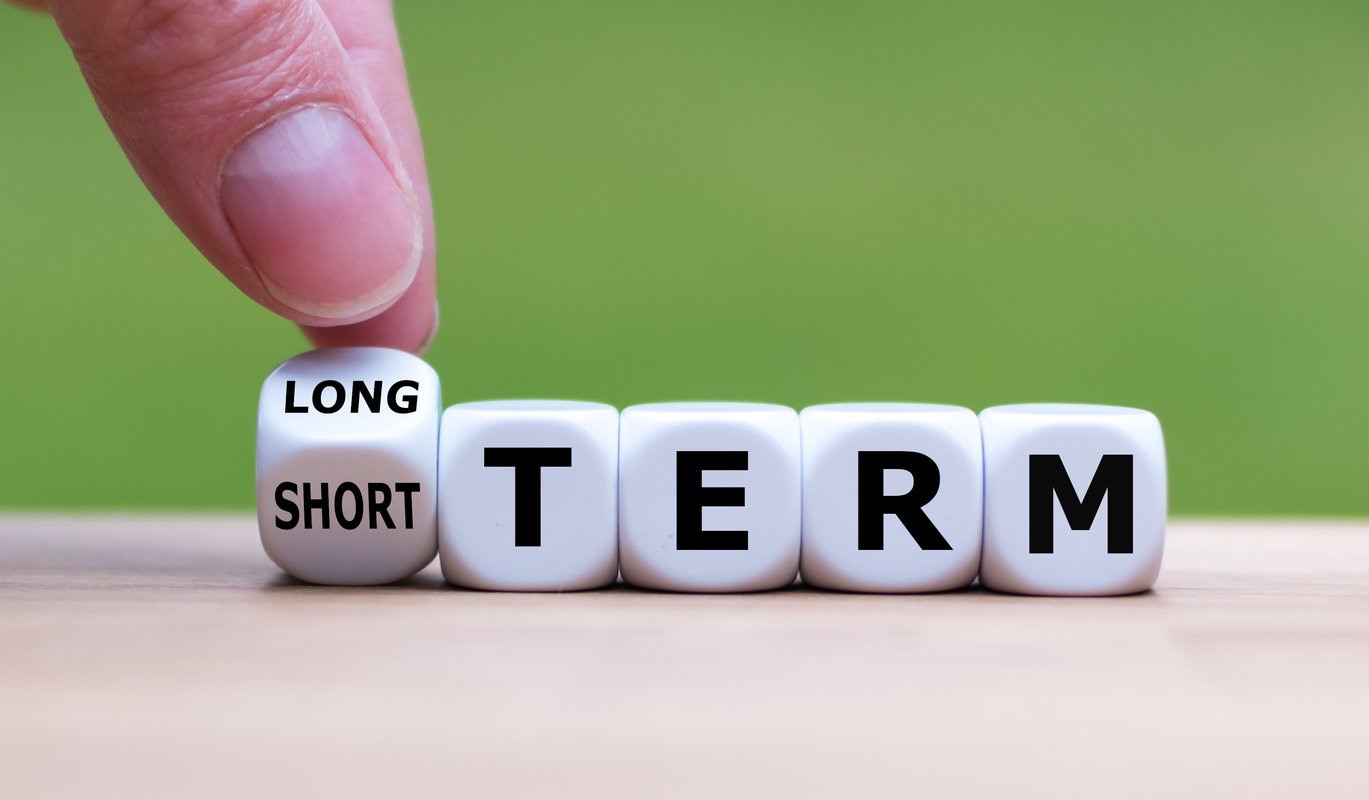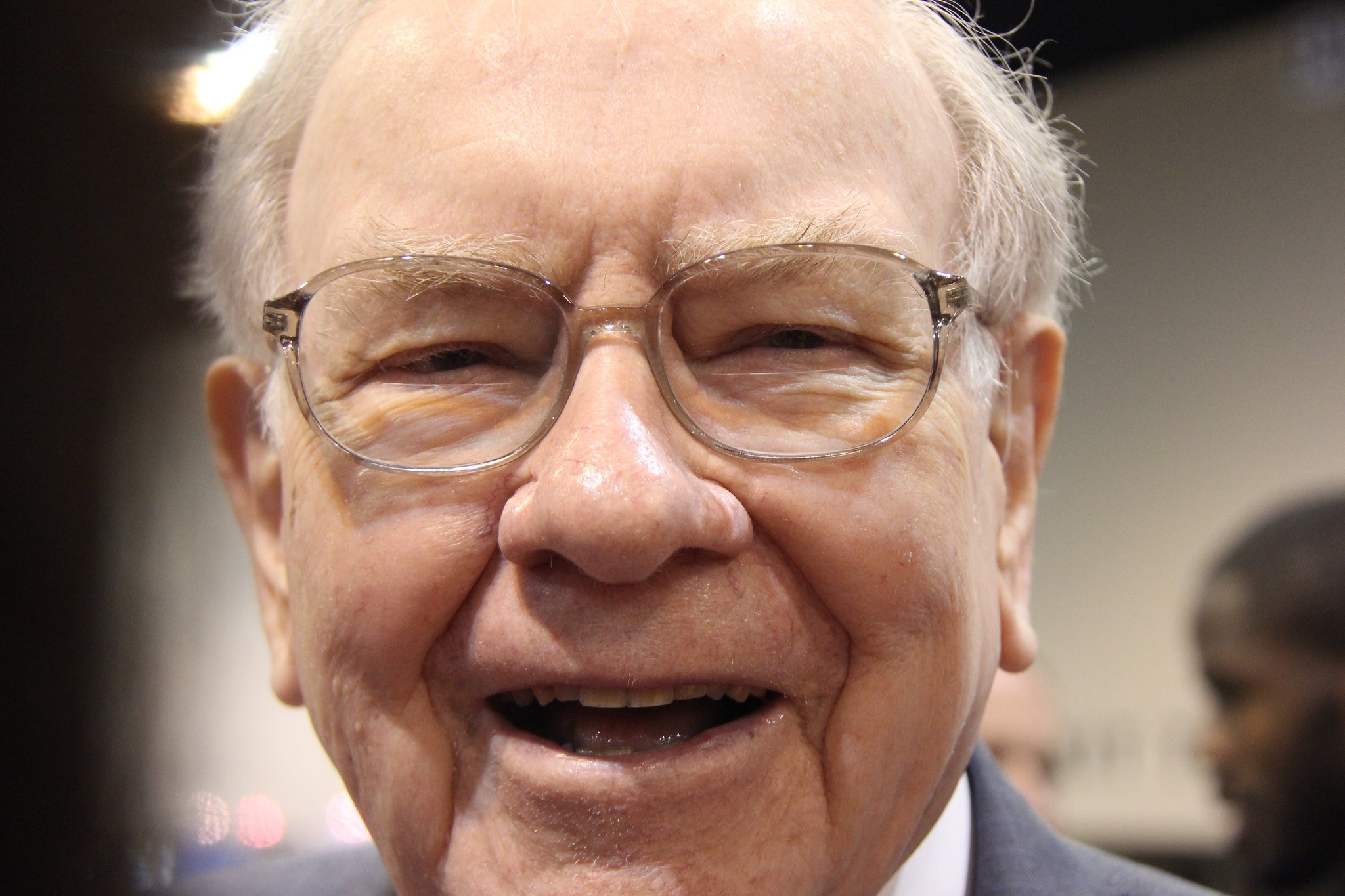U.S. steelmaking leader, Nucor Corporation (NUE +3.29%), has been ambitiously announcing capital growth projects over the last several years. Some have already started production, others remain under construction, while some are still in planning stages. These growth projects had culminated into $3.5 billion of capital expenditure plans over the next two years.
Enter the COVID-19 pandemic, which flipped business activity and many plans on their head. When the company gave an update on pandemic impacts in its first-quarter earnings release, it announced a 25% cut in capital spending plans for 2020. The fiscally conservative company is moving forward with $1.5 billion in projects this year, however, with plans to resume other projects as the economy recovers from the pandemic impacts. This bodes well for where the company will be, looking ahead five years.

Image source: Getty Images.
Business model
Nucor's flexible business model allows it to stand out among many of its peers, especially in economically difficult times. As the economy cycles, Nucor can ramp production up and down easily since its steelmaking operations all use electric arc furnaces (EAF), compared to competitor legacy steel companies like United States Steel Corporation (X +0.00%) that still make steel with a basic oxygen furnace (BOF) using raw material from blast furnaces. Blast furnaces cannot be easily stopped and started, while the EAF process allows for that.
Nucor also has a highly variable, performance-based cost structure that pays its teammates based mostly on the volume and quality level of production. This results in a "share the pain, share the gain" system that helps keep costs under control in slow times.
Competitor Steel Dynamics (STLD +4.67%), which was started by former Nucor employees, has a similar business model. Looking at gross profit margins, which deducts the costs used to produce finished product, shows the difference between this business model versus the higher cost model used by U.S. Steel.
NUE Gross Profit Margin (Quarterly) data by YCharts
Investment projects
Nucor's growth investments are spread throughout the company's product portfolio. They include expansions in sheet products, plate, a new rebar "micro mill" concept, and other spending in structural products. Many are meant to continue the company's strategy of growing its presence in "value-added" products. These are more profitable and help differentiate the company from its competitors and, importantly, imports of more basic, "commodity" products.
An example is a joint venture with Japanese steel company JFE Steel in central Mexico. The new facility is in the commissioning phase, and it brings the expertise and experience that JFE has with producing high-end, "exposed" automotive coated sheet product for the major automakers. While Nucor has a meaningful presence in the automotive market, this is essentially a new, higher value product for it.
So while Nucor is streamlining its spending during this time of economic uncertainty, it is also moving forward with many new projects.

Image source: Getty Images.
How will it look in five years?
Nucor has a history of investing during downturns in the business cycle, while many competitors are focused on tightening fiscal belts. This time is no different, and the company maintains a very strong balance sheet. Leon Topalian, who took over as CEO earlier this year, stated in a recent interview that the base dividend, which the company has raised for 47 consecutive years, was safe under his watch.
In its most recent earnings release, the company noted that "a number of our competitors having idled capacity in response to these challenging conditions." This can lead to more opportunity to take market share, or even a round of industry consolidation. Combining that scenario with the investment projects that should profitably grow the company over the next several years makes it likely that five years from now, Nucor will be a stronger company than it is today. Investors who want a cyclical addition to their portfolio can earn a secure dividend while waiting for this round of investments to begin contributing to the bottom line.








